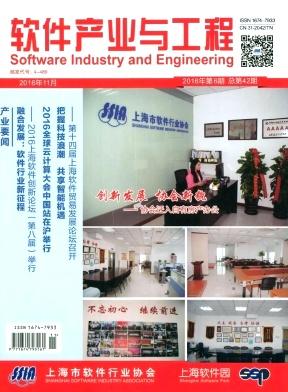Speak, Memory! Analyzing Historical Accidents to Sensitize Software Testing Novices
引用次数: 0
Abstract
Accidents tend to be traumatic events that one would rather forget than remember. Software testing novices at the Vrije Universiteit in Amsterdam, on the contrary, rewind the past and learn how to safeguard the future.In this paper we will present FAIL, a rather unconventional assignment that methodically investigate 13 historical software-related accidents, varying from the Ariane-5 rocket explosion to the Knight Capital trading glitch. Innovative is that software testing students use STAMP, a modern systems-theory-based accident causality model and have the possibility to interview a witness of the famous Therac-25 radiation overexposures.A recent deployment to 96 CS graduates received positive evaluations. We learned that even a lightweight, yet systematic investigation of failures (1) motivates students, by sensitizing them to the consequences of suboptimal testing, and (2) reveals key soft-skills testers need to prevent disasters, such as defensive pessimism and a strong backbone. Other, more subtle benefits of the proposed approach include (3) really-happened, instead of artificial case-studies that increase a teacher’s credibility, and (4) extraordinary test scenarios students will always remember.These results invite software engineering educators to include safety assessment elements in their curricula, and call on witnesses of software-related accidents to break the silence and share memories. Future work includes crafting a repository of heritage artifacts (narratives, videos, witness testimonies and physical replicas) to reproduce historical software-related accidents, and make it available to interested educators. Our hope is that motivated professionals will emerge, better prepared to engineer the safe software-intensive systems we all can rely on.说话,记忆!分析历史事故,提高软件测试新手的敏感度
事故往往是人们宁愿忘记也不愿记住的创伤性事件。阿姆斯特丹自由大学的软件测试新手则相反,他们回顾过去,学习如何保障未来。在本文中,我们将介绍FAIL,这是一个相当非常规的任务,系统地调查13个历史上与软件相关的事故,从阿丽亚娜-5火箭爆炸到骑士资本交易故障。创新之处在于,软件测试学生使用STAMP,这是一种基于现代系统理论的事故因果关系模型,并且有可能采访著名的Therac-25辐射过度暴露的证人。最近部署到96名计算机科学系毕业生的工作得到了积极评价。我们了解到,即使是一个轻量级的,但是系统的失败调查(1)也可以激励学生,通过使他们对次优测试的后果敏感,并且(2)揭示了测试人员需要防止灾难的关键软技能,例如防御性悲观主义和坚强的脊梁。此外,该方法的其他更微妙的好处包括:(3)真实发生的事情,而不是人为的案例研究,增加了教师的可信度;(4)学生永远记住的特殊考试场景。这些结果邀请软件工程教育者在他们的课程中加入安全评估元素,并呼吁软件相关事故的目击者打破沉默,分享记忆。未来的工作包括制作一个遗产文物库(叙述、视频、证人证词和实物复制品),以重现与软件相关的历史事故,并将其提供给感兴趣的教育工作者。我们的希望是,有动力的专业人士会出现,更好地准备设计我们都可以依赖的安全软件密集型系统。
本文章由计算机程序翻译,如有差异,请以英文原文为准。
求助全文
约1分钟内获得全文
求助全文

 求助内容:
求助内容: 应助结果提醒方式:
应助结果提醒方式:


